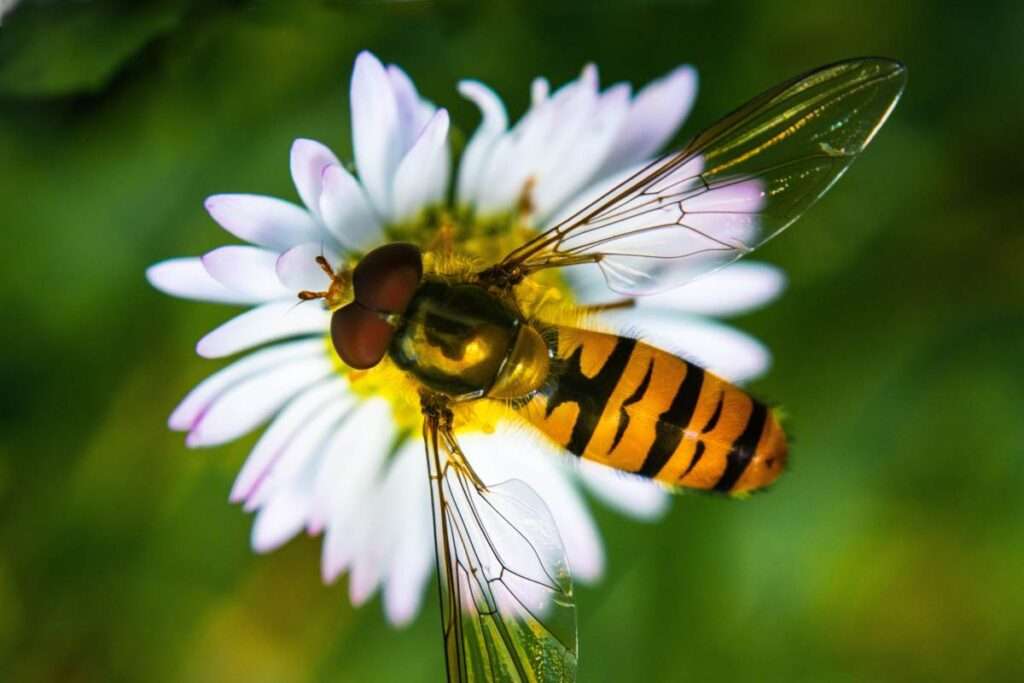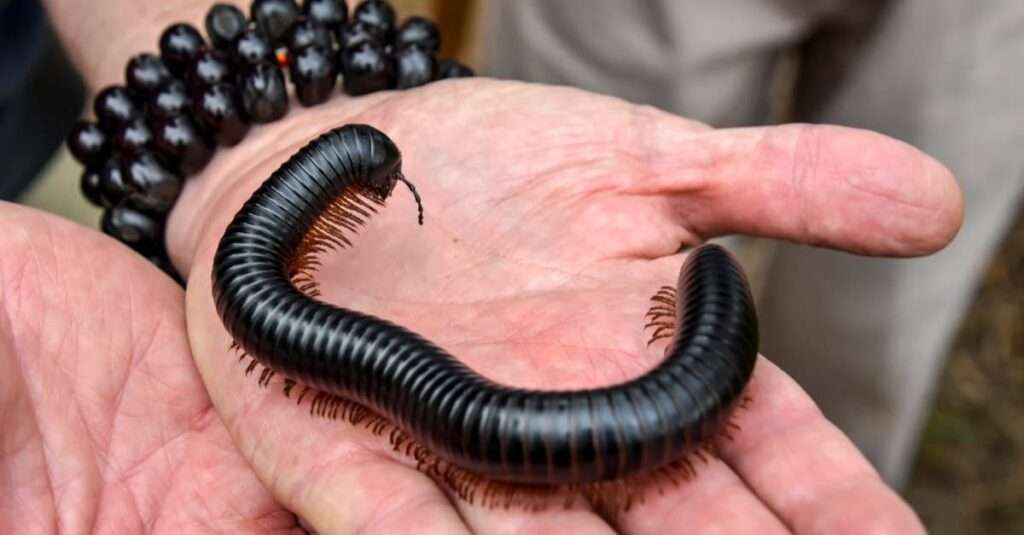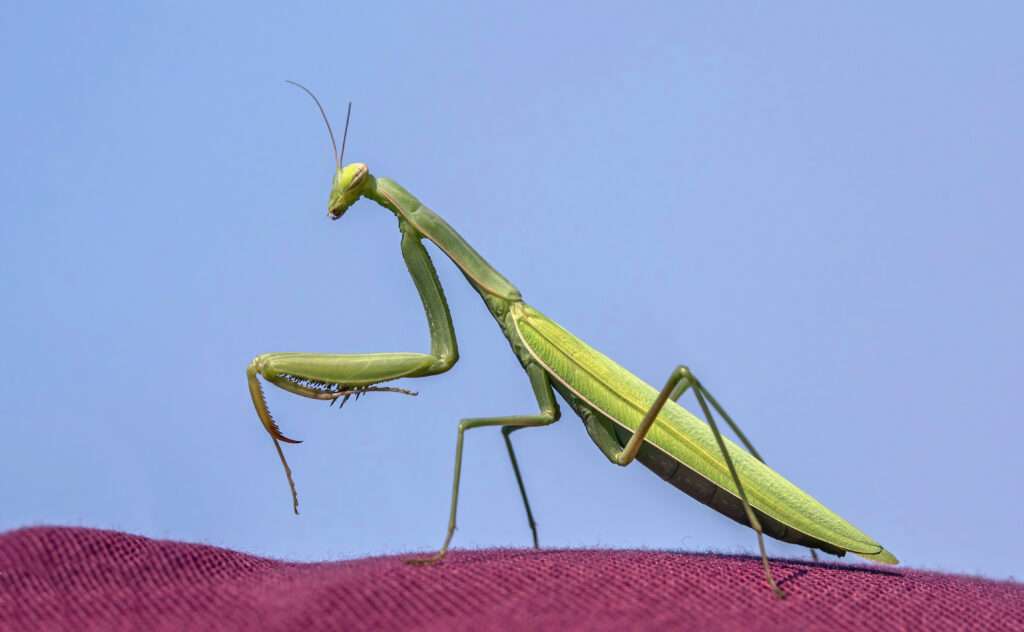
The hover flies family Syrphidae also called flower flies or syrphid flies. Many species of adults feed primarily on pollen and nectar. As compared to adults, the larvae (maggots) devour a variety of foods, as suggested by their common name (hovering or nectarine at flowers). Saprotrophic larvae of some species devour decomposing plant and animal debris found in the soil or in ponds and streams.
Because pest insects like aphids are a concern for crops, some hover flies have aphid-eating larvae that act as economically and ecologically significant predators and even potential agents for use in biological control, while the adults may function as pollinators.
Habitat
Most biomes, with the exception of extreme deserts, tundra at very high latitudes, and Antarctica, are home to the cosmopolitan family of hover flies. The common hoverfly, Melangyna viridiceps, is more prevalent in Australasia than the Nearctic, while the American hoverfly, Eupeodes americanus, is more prevalent there than in other regions. The family contains 200 genera and about 6,000 species.
The larvae of hover fly species that feed on aphids and other plant parasites are typically terrestrial and live on leaves, though some species are aquatic and are frequently found in stagnant water.
Morphology
Small to medium-sized hover flies have small to barely perceptible antennae, huge heads, and enormous eyes. Unless it’s a species that mimics wasps, their waists are not especially narrow and their bodies range from medium to slender. They have a single set of clear wings, and the banded variants have bands of equal width made of yellow and black.
The capacity of hover flies to imitate wasp stings includes having warning yellow and black coloring, a small waist like a wasp, and even the ability to press the point of the abdomen into fingers in the event that they are grabbed and kept. However, they are completely safe and do not sting.

Feeding
When it’s hot outside, hover flies may be prevalent in big numbers. They loiter in gardens, feeding on the flowers and looking for cover. As they lay their eggs in aphid colonies and the larvae (maggots) feed on the aphids, several species serve the beneficial function of clearing the garden of aphids.
Reproduction
For hover flies, the arrival of good floral resources like nectar and pollen usually heralds the start of the mating season. The female in her lifespan can lay up to 100 eggs (up to one month). Male and female mating occurs while the male and female are in flight or while they are resting on a flower or twig. Initiating courtship, the male then approaches the female from behind before mating. Females frequently attempt to avoid mating by taking flight. If or when mating is successful, the female will place the fertilized eggs on plant leaves or shoots so that the larvae will have easy access to food when they hatch.
These eggs are pale in color and have an elongated oval appearance. Legless and maggot-like, the larvae feed on plant leaves and aphids when they emerge. The larvae stop feeding after a week and drop to the ground to pupate for around two weeks. The hoverflies adult color progressively replaces the pupae’s original green hue. It also stops looking rectangular (oblong) and pear-shaped throughout this transformation.
Species Number
200 genera and over 6,000 species have been identified. Except for Antarctica, all continents in the world are home to the widespread hover fly. While most species of hover flies are harmless to mammals, certain species mimic stinging wasps and bees, which may help them avoid predators.
Table





